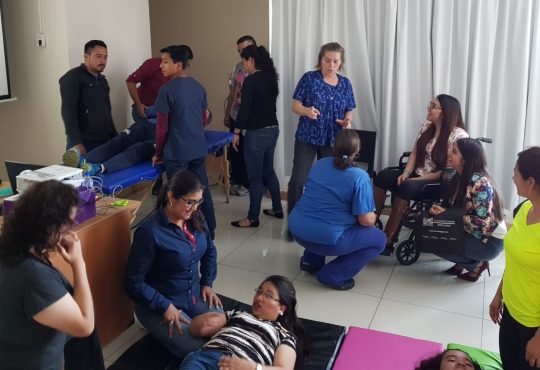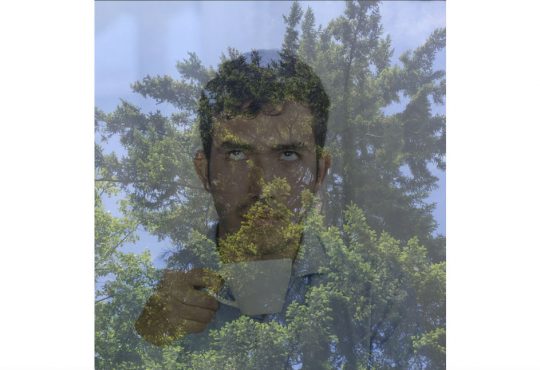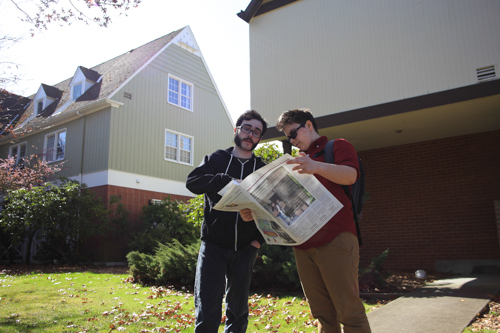The Arbor Day Foundation has given Puget Sound a Tree Campus USA recognition for 2013 for the care shown to trees on our grounds.
“This national recognition is a well-deserved vote of appreciation for all that our grounds staff do to ensure the Puget Sound campus remains a place of local and regional pride,” Bob Kief, Vice President for Facilities Services, said in a campus press release.
To receive such recognition, a university must meet five requirements outlined by the Arbor Day Foundation: having a Campus Tree Advisory Committee; having a Campus Tree Care Program; having financial support for the program; observing Arbor Day; and creating a Service Learning Project on campus.
The University has accepted awards for the care and keeping of campus life previously, but servicing trees provides unique challenges for facility members in charge of the grounds.
“The biggest difference in the maintenance of trees compared to other plant material on campus is you need to look at performing tasks today that has affect 50-100 years out,” Joe Kovolyan, Manager of Grounds, said.
Puget Sound is home to a variety of trees, with size and species ranging from the Autumn-Blooming Cherry trees by Wheelock to the Giant Sequoia towering over them. Each variation in tree species means different techniques for their maintenance.
“Different species of trees have different life cycles and longevity. The more showy flowering trees tend to live shorter lives. You need to plan on replacing those types of trees sooner than large Evergreens like the ones we have on campus,” Kovolyan said. “We try to go through and do corrective pruning and crown inspection every five years for our large trees…The smaller trees we will do training and corrective pruning every two to three years.”
Kovolyan said that Puget Sound hires arborist companies to do maintenance on the larger trees. Due to the immense height of some of the campus’ trees, this work can be dangerous if not performed by professionals.
Like all plant life, sometimes the trees must be replaced or removed.
“Safety of the campus community is the first priority and when a tree has to be taken down we look at all the options we have on replanting a tree. Sometimes the tree failed [due] to a poor location or a variety [that] isn’t really suitable for our climate,” Kovolyan said.
In the campus tree field guide, however, Puget Sound students are not always in the same mindset when it comes to personal safety.
“Although university officials and the groundskeepers did not know it, students who climbed to the top of the sequoia at night logged their accomplishment in a waterproof tablet,” the guide reads.
The guide mentions that this activity was discovered due to student injuries resulting from the climb.
Trees and other plant life are fragile organisms that respond to both careful maintenance and harmful misbehavior. Recklessness on campus property can affect not only the safeties of those involved in such activities, but also the members of the community who come after.
Grounds management and other facilities staff work to work on the trees in such a way as to create an image that will stay on campus for years.
“If you plant a tree too close to a building 25 years from now you have building issues and a poor performing tree. If you don’t correct improper growth on a young tree that can grow into a safety and aesthetic issue down the line,” Kovolyan said. “Visually people tend to look at the moment not into the future.”
Students of the Puget Sound community can participate in helping to maintain the beauty of campus. The work of the grounds managers and facilities services will be seen in the trees for years after.
“The Beeches along Todd Phibbs were the size of the trees at Commencement Hall when they were planted but look at the effect they create now long after all those people are gone,” Kovolyan said.






